This inflatable wristband could save your life in deep waters.
Category: wearables – Page 59
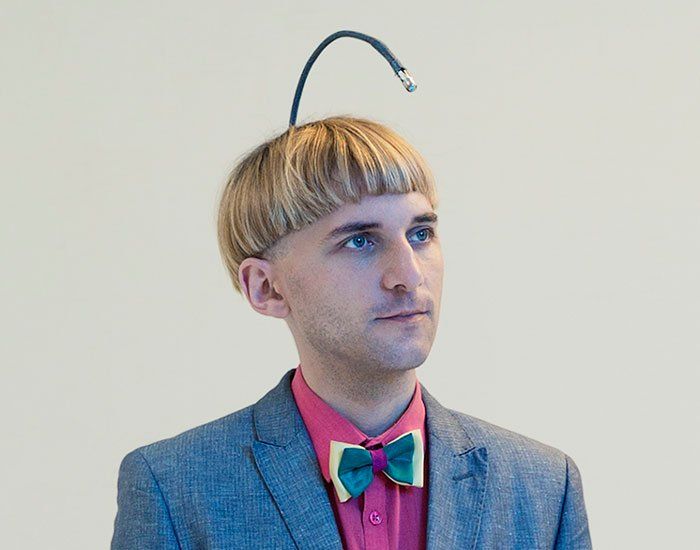
Cyborgs, Robots, And Biohackers: The First-Ever Survey of Transhumanism
the photo series by vintner and fletcher illustrates three gradual stages of transhumanism from ‘testing ground’, ‘patient zero’ to ‘humanity 2.0’. at the lowest tier, ‘testing ground’ looks into individuals who have created wearable technology to expand their human abilities, improving everything from concentration to mental health.‘patient zero’ studies those who have taken permanent action to become half human and half robot. in the final chapter, ‘humanity 2.0’, the transhumanist subjects focus on life extension and immortality.

AI-Powered Wearable Predicts Heart Failure Before It Happens
Incredible Ai
A new wearable sensor could save the lives of heart-failure patients.
The artificially intelligent technology helps doctors remotely detect critical changes days before a crisis occurs.
It may even prevent hospitalization, according to a study by University of Utah Health and VA Salt Lake City Health Care System scientists.
Wearable chair
This wearable chair will help doctors through long surgeries.
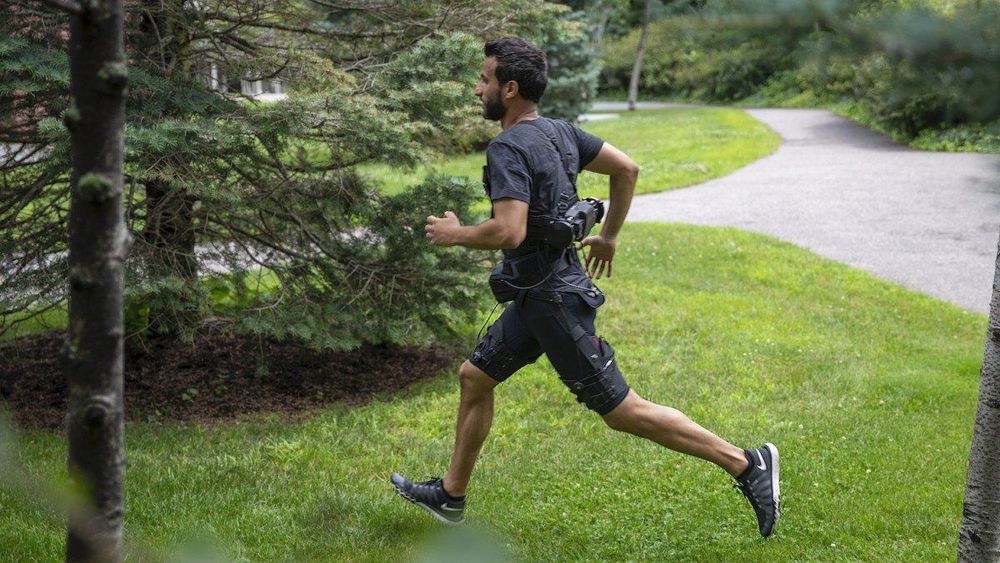
These bionic shorts help turn an epic hike into a leisurely stroll
Forget the Thighmaster. Someday you might add a spring to your step when walking or running using a pair of mechanically powered shorts.
Step up: The lightweight exoskeleton-pants were developed by researchers at Harvard University and the University of Nebraska, Omaha. They are the first device to assist with both walking and running, using an algorithm that adapts to each gait.
Making strides: The super-shorts show how wearable exoskeleton technology might someday help us perform all sorts of tasks. Progress in materials, actuators, and machine learning has led to a new generation of lighter, more powerful, and more adaptive wearable systems. Bulkier and heavier commercial systems are already used to help people with disabilities and workers in some factories and warehouses.
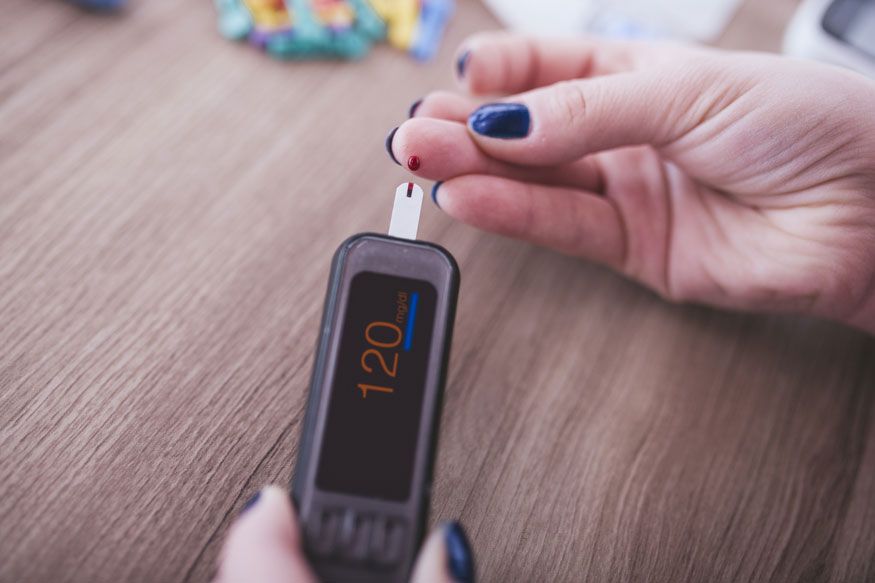
AI Can Spot Low Glucose Levels Without Fingerprick Test
Researchers have developed a new Artificial Intelligence (AI)-based technique that can detect low-sugar levels from raw ECG signals via wearable sensors without any fingerprint test. Current methods to measure glucose requires needles and repeated fingerpicks over the day. Fingerpicks can often be painful, deterring patient compliance.
The new technique developed by researchers at University of Warwick works with an 82 per cent reliability, and could replace the need for invasive finger-prick testing with a needle, especially for kids who are afraid of those.
“Our innovation consisted in using AI for automatic detecting hypoglycaemia via few ECG beats. This is relevant because ECG can be detected in any circumstance, including sleeping,” said Dr Leandro Pecchia from School of Engineering in a paper published in the Nature Springer journal Scientific Reports.
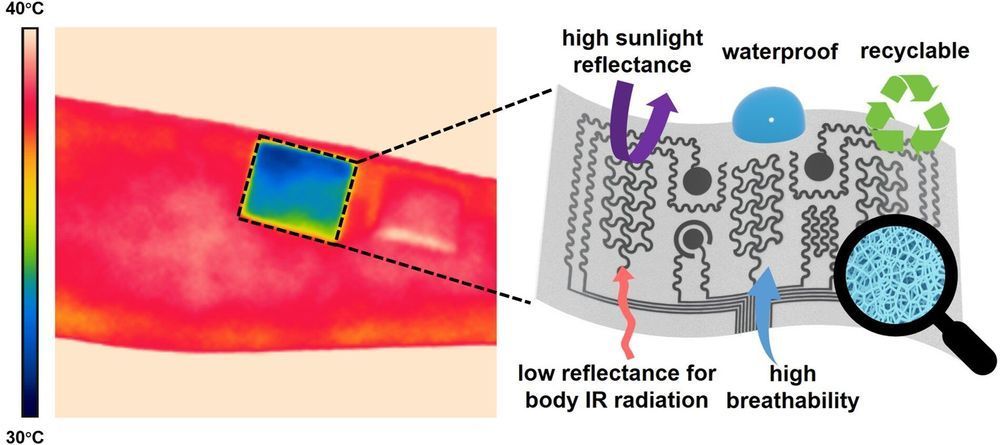
Engineers design on-skin electronic device providing a personal air conditioner without needing electricity
One day, soldiers could cool down on the military battlefield—preventing heat stroke or exhaustion—by using “wearable air conditioning,” an on-skin device designed by engineers at the University of Missouri. The device includes numerous human health care applications such as the ability to monitor blood pressure, electrical activity of the heart and the level of skin hydration.
The findings are detailed in the journal Proceedings of the National Academy of Sciences.
Unlike similar products in use today or other related concepts, this breathable and waterproof device can deliver personal air conditioning to a human body through a process called passive cooling. Passive cooling does not utilize electricity, such as a fan or pump, which researchers believe allows for minimal discomfort to the user.
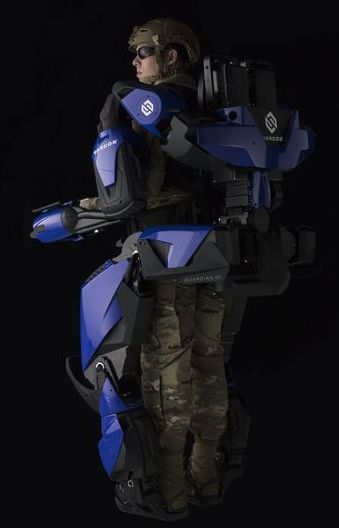
Sarcos robo-suit turning Delta crews into superhuman man-machines
Sarcos sprinkled the flavor of the future on last year’s CES show when it revealed the latest evolution of its robotic exoskeleton technology, the Guardian XO. At this year’s CES, the Salt Lake City-based robotics specialist and Delta Airlines announced pilot trials, with Delta employees set to be among the first workers to suit up in the battery-powered, force-multiplying wearable robots, enjoying superhuman strength and endurance without body wear and tear.
Few things make us want to trade a cushy gig of rambling away about gadgets semi-coherently on the Web for a life of physical labor like the Guardian XO. A full-body robotic suit that turns its wearer into something of a near-cyborg superhero, the XO looks straight out of a dystopian sci-fi thriller and brings the capabilities to match. It bears its own substantial weight, along with 200 additional pounds (91 kg) of payload, letting the wearer lift heavy objects for hours without physical strain or fatigue.
Sarcos says the Guardian XO takes under 30 seconds to put on or take off, responds in milliseconds to the operator’s movements, and amplifies his or her strength by up to 20 times. It offers eight hours of battery power, and a hot-swapping battery system allows users to extend that operational time. All in all, it’s a highly impressive machine meant to help humans complete obligatory lifting tasks that would be difficult or impossible to tackle with more conventional lifting machinery.
Helping Kids Walk With Wearable Robots
Can robotic exoskeletons help kids with cerebral palsy walk?